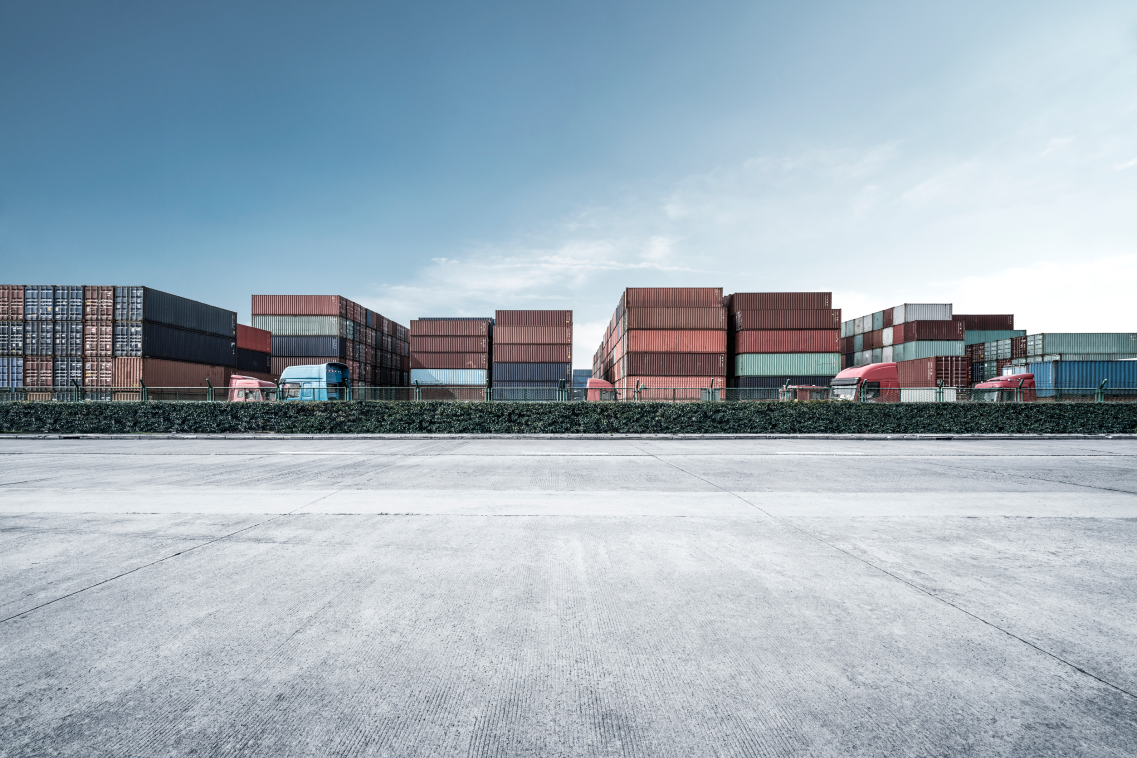
June 14, 2021
Yantian Port Congestion Scrambles Shipments After Covid Outbreak
Yantian Port Congestion Scrambles Shipments After Covid Outbreak
- Shipping bottlenecks at the port of Yantian have already caused a cargo backlog of more than 400,000 TEU.
- Where appropriate, Flexport cargo is re-routing to Nansha and Shekou, but these ports are also becoming heavily congested.
- A regional Covid-19 outbreak has shuttered portions of the port since the last week of May 2021. Yantian is the world’s fourth-busiest container port.
A regional flare-up of Covid-19 has set supply chains back once again. At the port of Yantian, the outbreak is shipping’s latest source of congestion, delay, and deadlock.
As of June 10, Yantian has partially re-opened a section of the port that closed for nearly two weeks. But we know from the mess in the Suez and the vessels floating outside California that this kind of congestion ripples before it resolves.
If you’ve never heard of Yantian before, let’s get familiar. It’s the world’s fourth-busiest container port, handling approximately 13.3 million TEU in 2020. If container flows were consistent—wishful thinking; they’re not—that would be roughly 36,400 TEU per day.
The backlog of a two-week slowdown is likely to spill into the coming months, impacting shipments of inventory ordered for the winter holidays.
A Batch Strategy
Anders Schulze, Flexport VP and Global Head of Ocean Freight, recommends a creative solution to get as many goods on the move as you can: Book your cargo in small lots of 4 TEU or less.
By creating smaller batches, you may be able to squeeze goods into hidden pockets of capacity. You may also want to pay a little more to get at least some of your goods on time using premium services when available. This can be a worthwhile investment if it preserves business continuity or slowly begins to deliver your holiday inventory.
In addition to this tip, the usual best practices for congestion still apply:
- Book far in advance—up to 28 days or more, in this case.
- Stick to your original booking details to avoid complications.
- Talk to your suppliers to ensure flexibility around cargo-ready dates.
- Communicate with your freight forwarder about priority shipments.
Taking the Long View
We could view Yantian as yet another disaster in a string of disasters. By tracking the shifts in the ocean market, though, you can detect changes in clusters of congestion.
Some are related, like the heat at inland ramps as US coastal ports battle for throughput. Others, like the situation in Yantian or the Suez, are almost freak occurrences—except they keep happening in one form or another.
An overview look at Vesselfinder on the morning of June 14 shows approximately 70 container vessels at anchor off the South China coast due to the disruptions experienced in Yantian, Shekou, and Nansha. These anchored ships are in addition to other bulk and cargo vessels also waiting.
Presently, AIS data shows 8 vessels outside the ports of Los Angeles and Long Beach, plus 20 more vessels outside Oakland. At the beginning of 2021, that number went as high as 40—a shocker, but only a little more than half what’s outside Yantian now.
By maintaining this kind of perspective, your company can continue to strategize through congestion and other chaos as much as possible. Capacity is severely limited on a global scale, but the right insights can help you prevail over time.
Sign up for Flexport to get help navigating ocean market uncertainty.



